Increasing healthcare industry regulations and emerging trends make staying on top of your revenue cycle management a time-consuming, challenging and burdensome task.
One of the most frequent contributors to a backup or struggle in revenue management and collections is the growth and expansion of your organization. It’s almost a good problem to have — it’s a positive that your business is growing and you’re seeing more patients!
But that influx of new clients can put a strain on your employees, making it easy for them to devote time and energy elsewhere and put your revenue cycle management on the backburner.
Customer service, high-quality care and patient satisfaction should be the top priority of your best employees. If your staff is too focused on cutting costs, billing and other issues, relationships and the patient experience can suffer.
Challenge No. 1: Billing filing and communication
Something as simple as a clerical error causing incomplete or incorrect patient information can throw a wrench into the insurance and revenue cycle, while mislabeled bills that make their way to patients cause greater misunderstanding and increase the chances they will go unpaid.
A transparent and streamlined method for payment collection, as well as early and frequent conversations to help patients understand the scope of their procedures and payment responsibilities, can go a long way toward reducing the amount of bad debt faced down the road.
Challenge No. 2: Disappearing acts
More than 30% of patients will leave medical facilities following a procedure without paying anything, and many can become difficult to track down for collections. It can leave providers feeling cheated and taken advantage of, having provided valuable services but being left holding the bill.
Skip tracing services can effectively, ethically and affordably locate a person’s whereabouts and update information such as phone numbers, addresses, assets and places of employment in order to begin the outstanding debt collection process and possible litigation.
Challenge No. 3: Technology
In today’s healthcare world, effective health information technology is essential and can be a great asset to the revenue cycle — but it can also be to blame for mounting debt. Many smaller, private practices already struggling with bad debt may not have the income and resources to invest in automated systems and technology upgrades that could help reduce lost income.
Even with the right technology and systems in place, they may not be working to their full potential if your facility faces our next challenge:
Challenge No. 4: Untrained or undertrained staff
If staff members aren’t trained effectively, leading to faulty patient information collection or coding errors, they may be unable to successfully create, collect and manage an insurance claim. Even if employees are well versed in insurance billing, they may not have experience or training in patient self-pay practices and payment recovery measures. Often through little or no fault of their own, inexperienced employees can contribute to errors in operations and documentation that can cause increased revenue loss.
Training and education initiatives may be costly and time consuming, but they can save your organization money in the long run.
So can we.
At Finance System, Inc., we’ll monitor your facility’s entire claims and collections processes, using our own in-house and highly trained staff, state-of-the-art technology, skip tracing services and more to provide comprehensive solutions for the revenue issues and bad debt hurting your organization.
Contact us today to get started solving your revenue problems.






